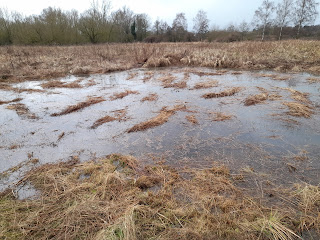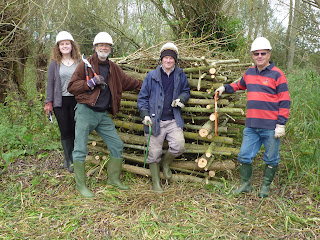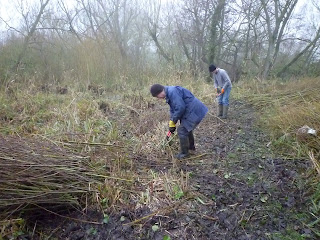August 2024 Catch up

A quick walk around the Reserve on the morning of 17th August 2024. 25C. View West showing the entrance path onto the reserve. Now onto the floodplain and the start of the boardwalk. The main path off to the right with a good variety of wild flowers. The path is in the middle somewhere! The Reed Bed Pond with a Moorhen calling. Where we recently had to clear a fallen Willow. The wet woodland at the north end of the Reserve showing regeneration of the Osiers that we cut to make the Water Vole Viewpoint. The backwater with a heavy growth of the water weeds and bankside vegetation including masses of Himalayan Balsam, mostly on the other bank. Where we made the 'leaky dam' in the Winter, now heavily overgrown. The Indian or Orange balsam, now making its appearance. There has been a splendid show of Marsh Woundwort. The path thro...




